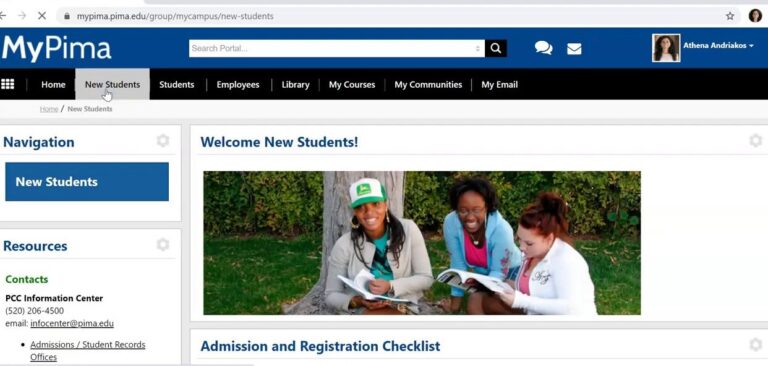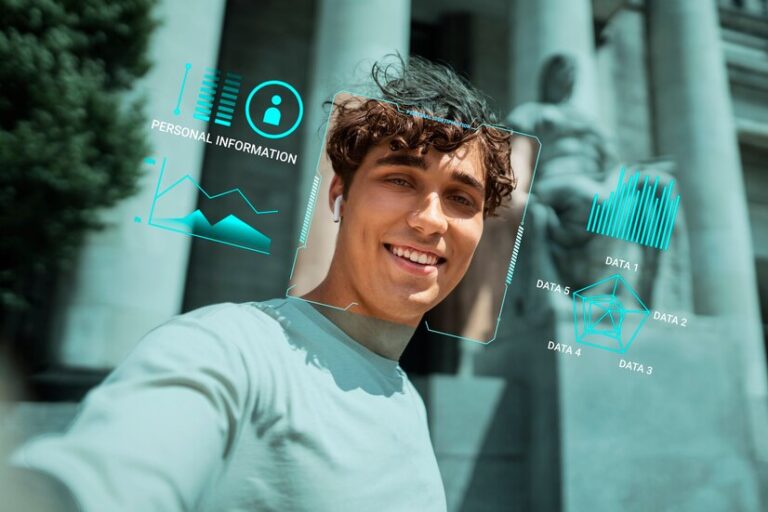Essential Cybersecurity Habits to Power Up Your Defense
It all started with hackers moving John’s phone account to a different provider. Within an hour, they were able to reset his Gmail password and then use his Gmail and phone number to bypass two-factor authentication and change the passwords on his Discover, Capital One, Newegg, PayPal, and bank accounts.
By a stroke of luck, John noticed the provider change and rushed to his bank just in time to freeze assets over 90,000 dollars. The hackers ordered Macbooks and iPhones in his name and had multiple credit cards issued across the country. It took John and his wife 36 hours to cancel accounts with multiple services to prevent major losses.
Better cybersecurity habits could have saved Jack those 36 hours of stress, and this blog aims to help you make sure you don’t make his mistakes with a list of best practices.
In This Blog
Essential Cybersecurity Habits to Power Up Your Defense. 1
Set up your Cybersecurity Sentinels. 1
2. Safer Social Media Savvy. 2
1. Stay informed and think critically. 3
2. Be Proactive and Empower your Community. 3
What is Cybersecurity?
Cybersecurity is a set of decisions you can make to protect your devices, applications, networks, and data from hostile attacks. Many people feel all they need is a few strong passwords and antivirus software.
However, robust cybersecurity requires several layers of defenses that are updated regularly to counter the latest threats. This is because, as the average internet users are using more devices than ever, they constantly have to sign up for new applications.
If we consider John’s example, one key takeaway would be to opt for an internet provider that offers full-spectrum cybersecurity. Cox Internet is a great example of this. If you subscribe to their Panoramic WiFi setup, you can get the McAfee Advanced Internet Security Suite for no extra charge. Their antivirus defends you against viruses, online threats, and ransomware both online and offline.
Set up your Cybersecurity Sentinels
1. Powerful Passwords
You are probably rolling your eyes at this, but as your first line of defense for every online platform, from your social media profiles to your Internet banking app, you already know that your passwords need to be long, complex, and difficult to guess. Names, dates, and other personal information are susceptible to hacking.
One of the worst mistakes you can make is using the same password for multiple accounts. After all, that was how hackers were able to get into so many of John’s banking accounts; he repeated passwords. If you’re panicking at the thought of having to remember dozens of tricky combinations, then take a deep breath; a password manager application will create and remember all of them for you.
2. Double or Nothing
For better security, passwords are often accompanied by multiple-factor authentication. This means that your application or device will either send you a unique code as an email or text after you enter your password or require biometric authentication. It’s a way for the application to identify who is putting in a password.
3. Software Safeguards
Regular software updates make sure that any weaknesses on your system are patched up as soon as the developers discover them. You can enable automatic updates so you don’t miss any notifications, but you must make sure that your hardware can handle and store regular downloads.
4. Network Ninjas
Since WiFi networks are meant to connect to multiple devices, it is especially vulnerable to a security breach. Place your home WiFi router at a central location to keep its signals within your home and change the default login credentials.
While you’re in the router settings, make sure the firewall and encryption are enabled and remote router access is disabled. Select a strong WiFi password and make sure to change it often. A separate guest network is not only ideal for careless visitors but is also a great option for smart devices such as home cameras and speakers that are easier to hack than laptops or phones.
Invest in the latest router technology and keep it current with the latest software updates. Finally, keep an eye on the devices connected to your network and make sure you know who they belong to. If you see an unknown device, it is time to disconnect and change the passwords.
5. Email Armour
Here is a not-so-fun tidbit: Phishing attacks have increased by a whopping 1265% in 2023 alone. Your bank or other legitimate financial institution will never ask you for passwords, social security numbers, or other sensitive personal information over email. Such requests, especially if they use very urgent language, should make you suspicious.
You can always contact the institute via their helpline to confirm if they sent the message and alert them so they can take action. Email is also generally an unsafe way to send sensitive files, so it is always a good idea to encrypt them before pressing send. Many applications and websites generally send you default passwords and usernames over email. Make sure to immediately change those credentials to make sure an email hack doesn’t compromise those accounts.
Daily Defense Drill
1. Check Sketchy Links
A massive 30.5% of emails contain malicious links. They often try to look like legitimate ones, but there are ways to find the imposters. For a quick check look at what’s between http// and the first /. This section should only contain the domain, for example, google.com or linkedin.com.
If there are any extra letters, numbers, or symbols, then this may be a scam. You can also copy and paste a link into a URL checker to be scanned. If you accidentally click on a malicious link, then do not click on anything on the site or enter any personal information. Disconnect from the internet and scan your device using antivirus software.
2. Safer Social Media Savvy
An innocent picture of a day out posted on Instagram can reveal more information to the public than we might wish. The safest bet is to review the privacy settings on your accounts and turn off geolocation. Make sure your posts do not reveal personal information like your address or financial information.
People often make fake accounts to catfish social media users for this information. Be careful to verify that the strangers interacting online are who they say they are. Look them up on other social media accounts with the same name to make sure the person really exists. Report any harassment or bullying immediately, and don’t be afraid to block accounts.
3. Data Backup Guardian
A common cybersecurity concern is ransomware attacks. Hackers download software onto your device that locks you out of your system or encrypts all your data, they then demand money to restore access. If your data is regularly backed up, you can avoid paying criminals to retrieve it. It also keeps you safe from accidental data loss.
4. Phishing Foe Buster
Email is just one of the ways phishing can happen. Scammers trying to get sensitive information will also use SMS, phone calls, false WiFi networks, pop-ups, fake websites, fraudulent domains, and even images. These communications will feel urgent, telling you your bank accounts are compromised, a loved one is in danger, or you’re being offered a job or an attractive product.
It is advisable to avoid using public WiFi networks and always verify any written communication from financial institutions by calling them directly. If you’re suspicious about a website, check their contact information, privacy pages, and social media presence. Poorly worded website copy is also a sign that everything is not as it seems. In short, if something feels too good to be true, it probably isn’t.
5. Mobile Defender
We often forget that our mobile phones are just as vulnerable to a security breach as our laptops or computers. Any security measure that you’re taking for your larger devices should be taken for your handhelds as well.
This includes avoiding public WiFi networks, using strong passwords and password managers, multifactor authentication, antivirus software, backing up data, and exercising caution while browsing the internet or using social media.
Constant Vigilance
1. Stay Informed and Think Critically
The spread of generative AI has handed hackers a new toolkit in their mission to compromise systems and steal data. It is possible to stay ahead of the latest phishing and ransomware attacks by staying updated with news and the latest trends from reliable sources.
Wired and Reuters are good sources for verified information. Form a habit of thinking critically and investigating the legitimacy of the sites you encounter. If someone is trying to rush you into something by trying to scare you, then you have every right to be suspicious.
2. Be Proactive and Empower Your Community
Go into cybersecurity with a preventative attitude rather than waiting for a breach to show you the weak points in your systems. This means you should keep your security measures updated and empower your community to shore up your defenses.
Your colleagues, classmates, and your family can be more than bystanders. They can be empowered to help you keep networks safe. Establish a routine for recurring security tasks with regular reminders and share approved tools.
Make sure they understand the risks of taking cybersecurity lightly. Share cybersecurity news, especially about the late phishing attacks, and encourage them to report suspicious activity. Finally, establish access controls on sensitive data.
While it may feel like there are lots of steps involved in practicing good cybersecurity, most attacks come from a single source and while it’s impossible to prevent 100% of cyberattacks, their damage can be reduced by proper preparation.
John made the mistake of not taking mobile security seriously and used the same password for multiple accounts. However, he was proactive in reaching out to the service providers to report the problem and work towards a solution.
A single layer of security is not enough. It is essential to use strong passwords, multifactor authentication, and the latest software and hardware. While your instincts will help you judge if a link, website or social media follower is fraudulent, plenty of tools exist to help you confirm your suspicions.
Did we miss any cybersecurity tips or tricks? How do you keep your networks and devices safe?






